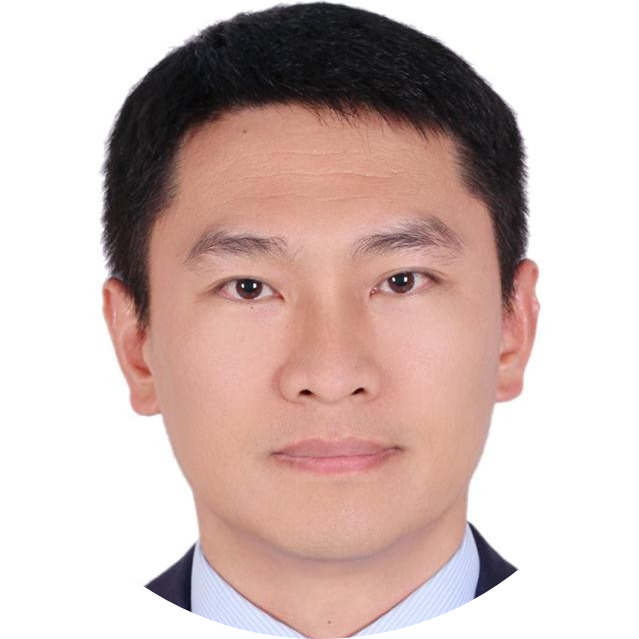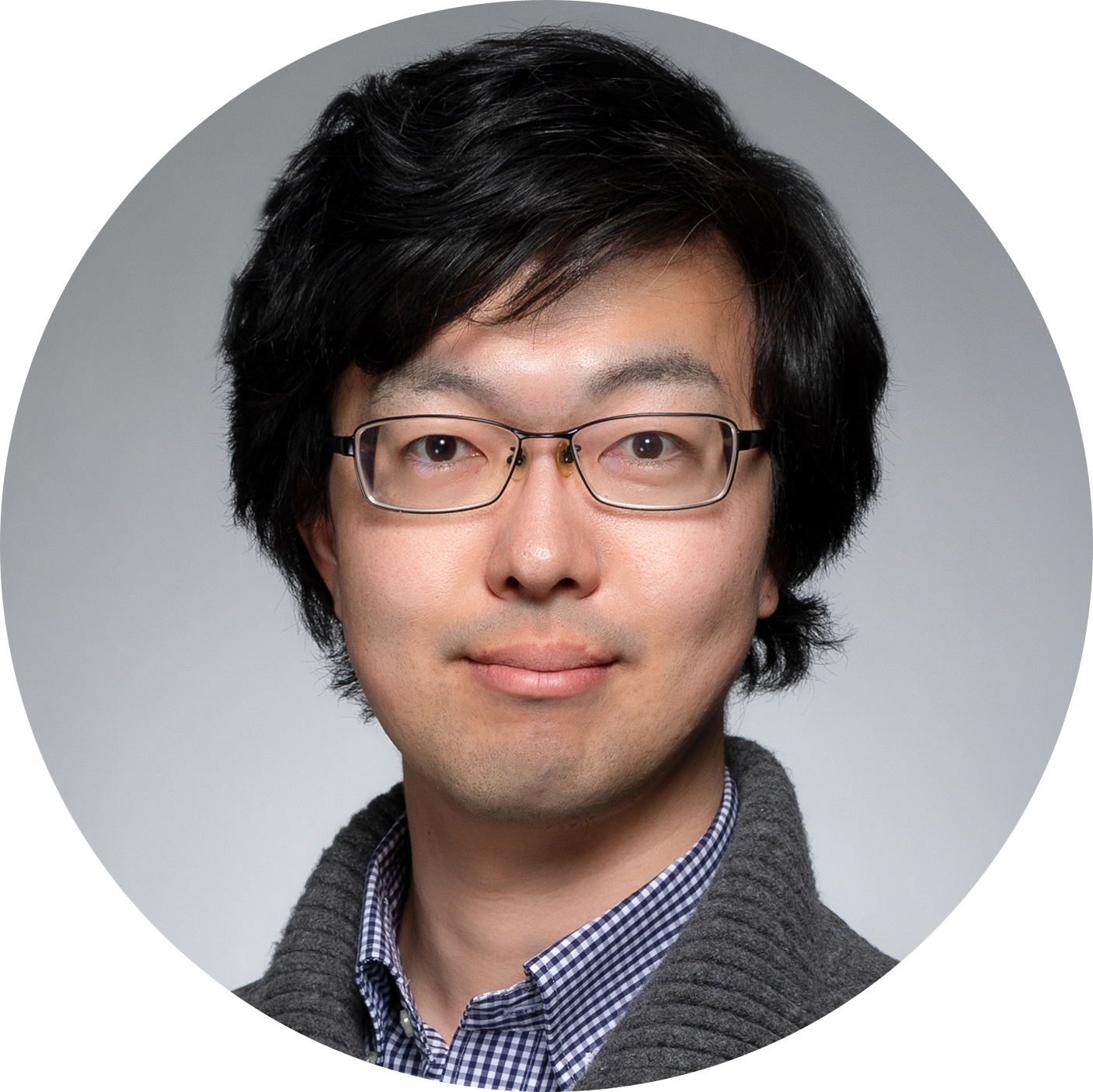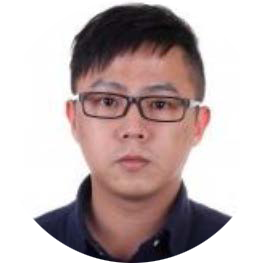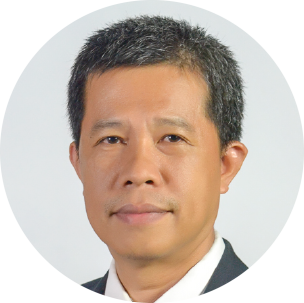
Prof. Liyuan Sheng
Shenzhen Institute, Peking
University, China
Speech Title: Optimizing Microstructure and Mechanical Properties of
the Hot Forged Ti-6Al-4V Alloy via Laser Shock Peening
Abstract:
The hot forged Ti-6Al-4V alloy demonstrates well constructured
microstructure and balanced mechanical properties, which promotes its
widely application in aviation field. However, its relative poor
resistance to wear and foreign object impact usually leads to the
cumulative damage, causing sudden failure and serious accident. Though
the conventional coating technology could improve the surface damage
resistance, the interface always becomes the origin of failure.
Comparatively, Laser shock peening (LSP) has attracted significant
interest, due to its controlled processing accuracy and great surface
plastic deformation capability, which could form gradient grain
structure with the gradient strengthening effect. Nevertheless, the
specific mechanism of microstructure evolution and mechanical properties
enhancement of LSP processed hot forged Ti-6Al-4V alloy is still
obscure. In present research, the hot forged Ti-6Al-4V alloy was
processed by LSP to regulate its superficial microstructure and improve
mechanical properties, helping to understand the inner mechansim. The
results reveal that LSP could simultaneously result in the merging of
ultra-fine α-Ti grains and refinement of coarse α-Ti grains, which
reconstruct the dual-size grain structure. The crystal tilting and
transformation promoted by the generation and movement of dislocations
benefit the merging of ultra-fine grains. Due to the different slip
systems in dual phases, β-Ti phases exhibit much greater response to
slip under surface plastic deformation, which are enforced to deform and
construct the shell structure by sliding and phase transformation, while
the α-Ti phases act as the core to synergistically construct
‘core-shell’ like structure. The increase of LSP number promotes the
well wrapping of the ‘core-shell’ like structure and strengthens it by
abundant dislocations, which also forms the gradient grain structure
from surface to inner. Since the microstructure regulation and crystal
defects engineering, the LSP improves the surface damage resistance and
mechanical properties of the hot forged Ti-6Al-4V alloy obviously, which
indicates a new method to increase properties of the hot forged
Ti-6Al-4V alloy component further.
Biography: Prof. Dr. Sheng
received Ph.D. degree in Materials Physics and Chemistry from Institute
of Metal Research Chinese Academy of Sciences in 2009. He is currently a
Research Professor and vice-dean of Shenzhen Institute, Peking
University. Now, he also act as the Topic editor and editorial board
member of Materials, the associate editor of Advances In Mechanical
Engineering and the youth editorial board member of Journal of Magnesium
and Alloys. His research interests include intermetallic compounds,
superalloys, biomedical metallic materials, biodegradable magnesium
alloys, surface engineering, laser processing, crystal defects, and
characterization. Prof. Sheng has published more than 200 research
papers in refereed scientific journals and received a total citation of
more than 8000 with h-index of 54.
|




